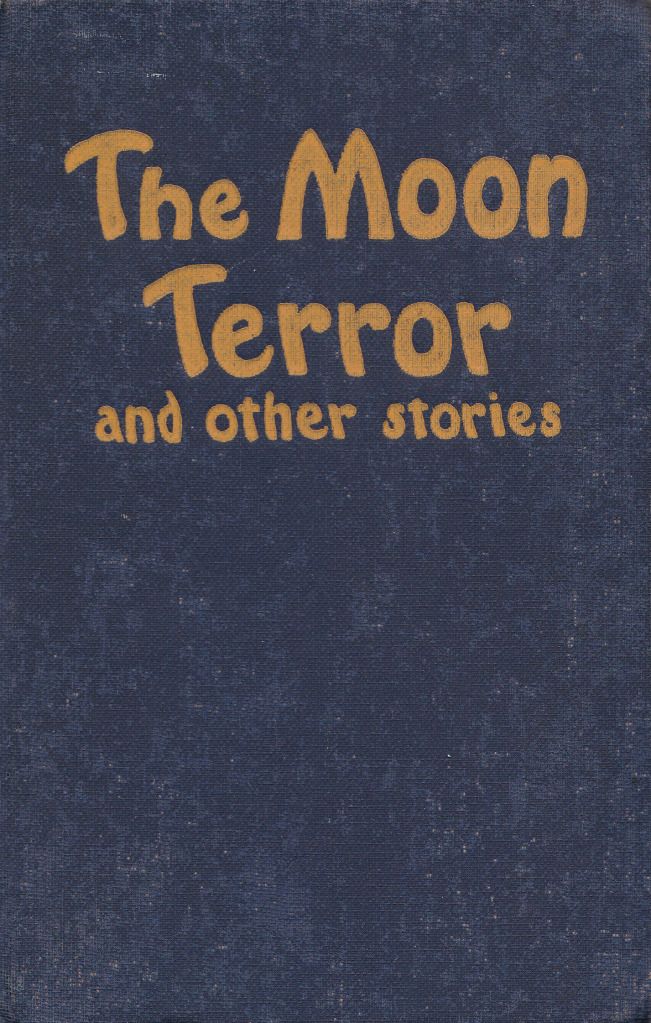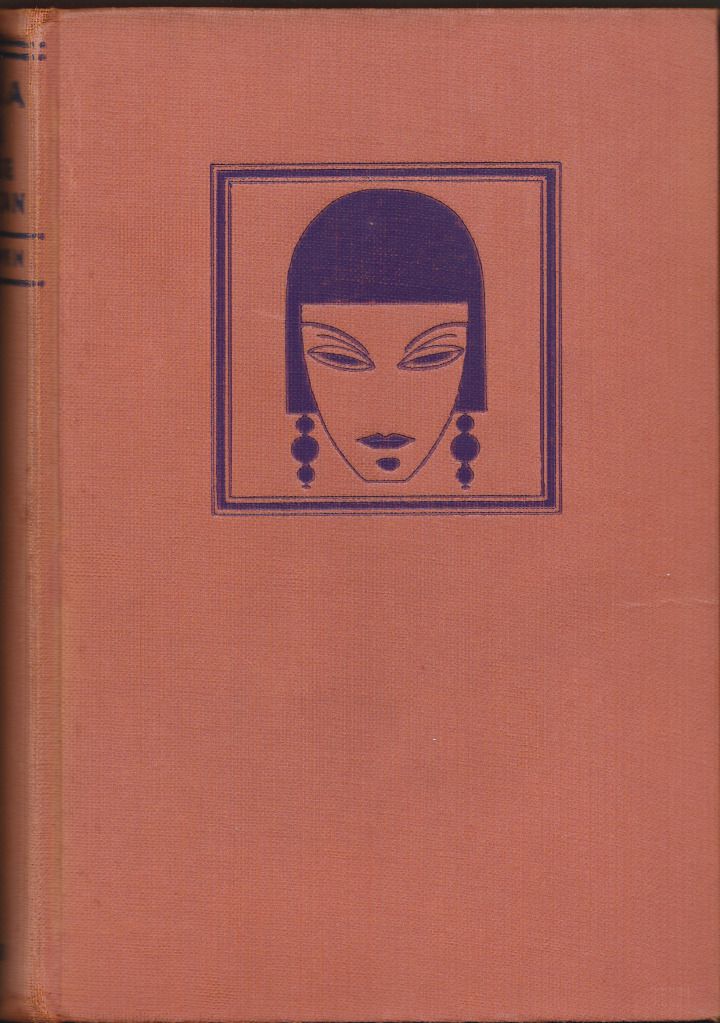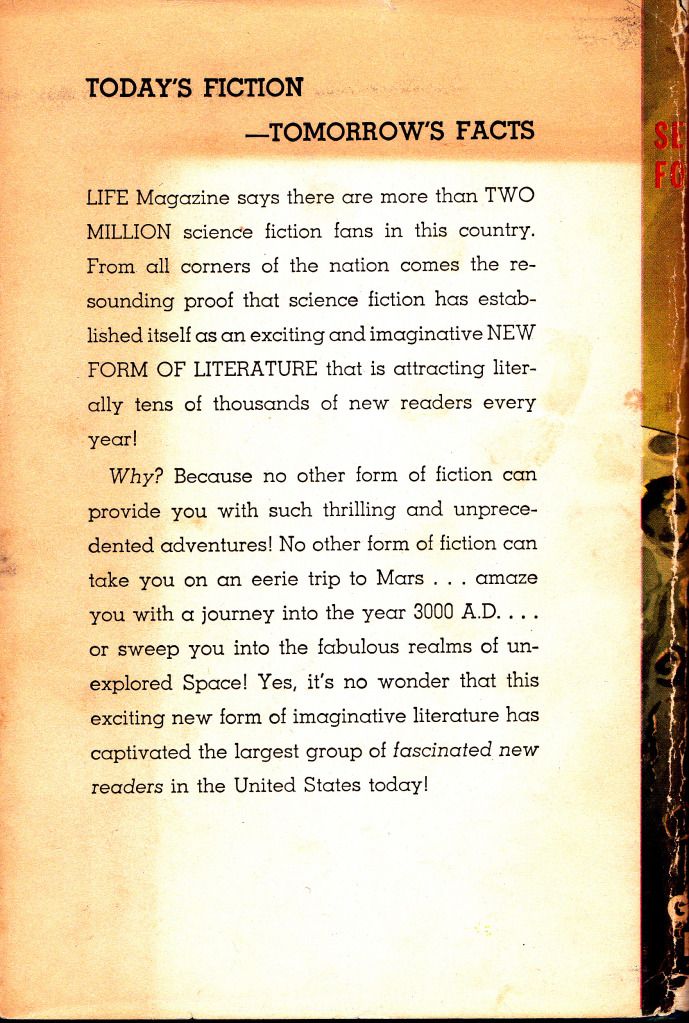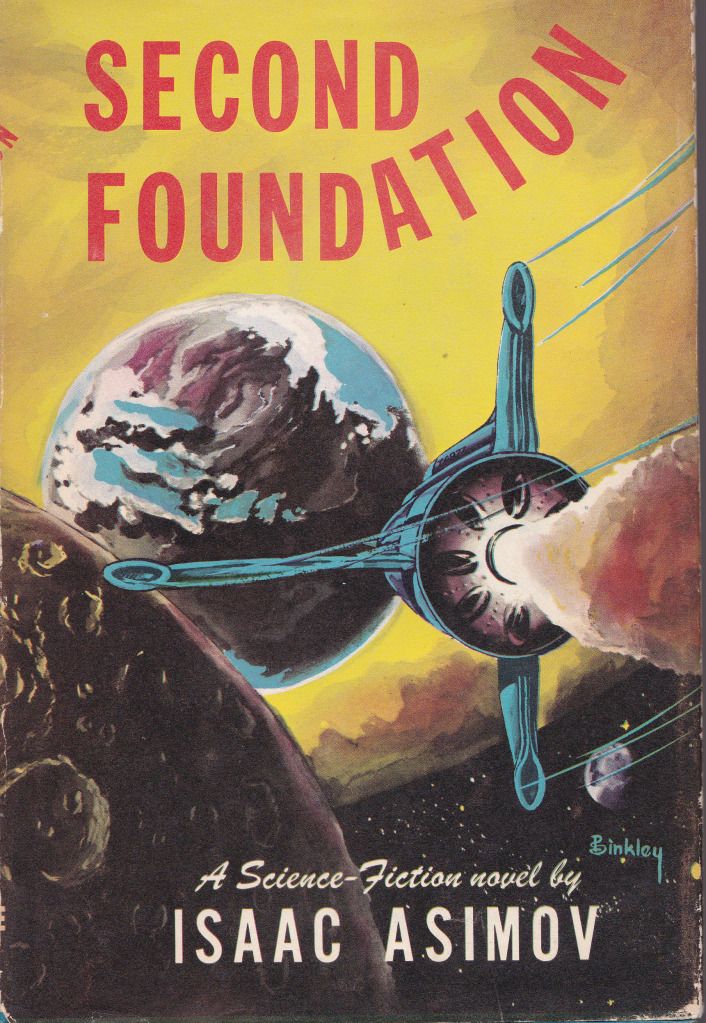A third fact proves such a view nonsensical; the fact that many pulp stories were actually printed as hardcover novels and collections. Over time, and through frequent trips to flea markets and antique malls, I have come across a number of such reprintings. Living in Richmond, and really the surrounding Central Virginia area as a whole, has been a boon in this regard; all of these books, and countless more books, pulps, comics and story papers have been found in the general Richmond area, and there are still dozens of outlets that I have yet to explore.
And now: images and information relating to a few of my favorites from my, admittedly small, collection of pulp hardcovers.
 Do
and Dare
Do
and Dare
Alger, Jr., Horatio. Do and Dare; Or, a Brave Boy’s Fight for Fortune. New York: Hurst
& Company, 1900.
Do and Dare is a boy’s adventure story by Horatio Alger, Jr; it also happens to be the first story ever printed in The Argosy. Do and Dare was among the handful of manuscripts Frank Andrew Munsey carried with him from Augusta, Maine to New York City, leaving his job as a telegraph operator behind to pursue his dreams of striking it rich at the printing press. Given Alger's reputation at the time, Do and Dare was undoubtedly the most valuable manuscript Munsey brought with him, as evidenced by its use in the inaugural issue of his Golden Argosy (December 9, 1882), and as the cover story, no less.

The Moon Terror, and Other Stories
Birch, A. G., Anthony M. Rud, Vincent Starrett and Farnsworth Wright. The Moon Terror, and Other Stories. Indianapolis: Popular Fiction Publishing Co., 1927.
Farnsworth Wright, editor of Weird Tales and later Oriental Stories, also edited this collection of stories that originally appeared in Weird Tales; A. G. Birch's "The Moon Terror" was first serialized in the third and fourth issues of Weird Tales, while Anthony M. Rud's "Ooze" appeared in, and graced the cover of, Weird Tales' inaugural issue in March, 1923. The other two stories, "Penelope" by Vincent Starrett, and "An Adventure in the Fourth Dimension" by Farnsworth Wright appeared in Vol. 2, No. 3 and Vol. 1, No. 3, respectively. This book is of particular interest to me, aside from its place in weird fiction history, due to it's title story: "The Moon Terror" is a fantastic example of the type of yellow peril stories that appeared in Weird Tales, and scores of other pulps - something I have written about quite extensively.
Birch, A. G., Anthony M. Rud, Vincent Starrett and Farnsworth Wright. The Moon Terror, and Other Stories. Indianapolis: Popular Fiction Publishing Co., 1927.
Farnsworth Wright, editor of Weird Tales and later Oriental Stories, also edited this collection of stories that originally appeared in Weird Tales; A. G. Birch's "The Moon Terror" was first serialized in the third and fourth issues of Weird Tales, while Anthony M. Rud's "Ooze" appeared in, and graced the cover of, Weird Tales' inaugural issue in March, 1923. The other two stories, "Penelope" by Vincent Starrett, and "An Adventure in the Fourth Dimension" by Farnsworth Wright appeared in Vol. 2, No. 3 and Vol. 1, No. 3, respectively. This book is of particular interest to me, aside from its place in weird fiction history, due to it's title story: "The Moon Terror" is a fantastic example of the type of yellow peril stories that appeared in Weird Tales, and scores of other pulps - something I have written about quite extensively.
 Della-Wu
– Chinese Courtesan
Della-Wu
– Chinese CourtesanOwen, Frank. Della-Wu – Chinese Courtesan, and Other Oriental Love Tales. New York: The Lantern Press, 1931.
Second Printing
The title story of this anthology, "Della-Wu - Chinese Courtesan," is a tale I mention in my book, Anti-Foreign Imagery in American Pulps and Comics, 1920-1960; as opposed to most of the narratives I discuss, "Della-Wu" is one of the few from the time period that, in my mind, paints a rather favorable picture of "the East" and it's inhabitants. The story of a young courtesan, too proud to live her life under others' orders, I found it to contain a strong, female Chinese lead, at a time when most stories occurring in China featured the expected stereotypes; the sneaky, conniving, half-human coolie or Mandarin. The fact that such a strong disposition is granted, not only to an Asian, but to an Asian woman no less, is telling, as such characters were usually depicted as "demure butterflies," waiting to be rescued by strapping, Anglo-Saxon males. "Della-Wu - Chinese Courtesan" appeared, in pulp form, in Oriental Stories, Feb-Mar., 1931.
The title story of this anthology, "Della-Wu - Chinese Courtesan," is a tale I mention in my book, Anti-Foreign Imagery in American Pulps and Comics, 1920-1960; as opposed to most of the narratives I discuss, "Della-Wu" is one of the few from the time period that, in my mind, paints a rather favorable picture of "the East" and it's inhabitants. The story of a young courtesan, too proud to live her life under others' orders, I found it to contain a strong, female Chinese lead, at a time when most stories occurring in China featured the expected stereotypes; the sneaky, conniving, half-human coolie or Mandarin. The fact that such a strong disposition is granted, not only to an Asian, but to an Asian woman no less, is telling, as such characters were usually depicted as "demure butterflies," waiting to be rescued by strapping, Anglo-Saxon males. "Della-Wu - Chinese Courtesan" appeared, in pulp form, in Oriental Stories, Feb-Mar., 1931.


The Foundation Series
Asimov, Isaac. Second
Foundation. New York: Gnome Press, Inc., 1953. First Printing.
"The Foundation Series" first appeared in the May, 1942 issue of Astounding; the stories that appear in this volume were first printed in magazine form in the late 40s and early 50s. Having been a fan of Asimov's for years, thanks to my father's encouragement in my youth that I pick up the classics of SF (which included Clarke, Herbert and Asimov), finding an early printing of some of my favorite Asimov stories was fantastic in and of itself; finding a first edition, with dust-jacket included, was even better. Definitely one of my better flea market finds, I have to admit.
"The Foundation Series" first appeared in the May, 1942 issue of Astounding; the stories that appear in this volume were first printed in magazine form in the late 40s and early 50s. Having been a fan of Asimov's for years, thanks to my father's encouragement in my youth that I pick up the classics of SF (which included Clarke, Herbert and Asimov), finding an early printing of some of my favorite Asimov stories was fantastic in and of itself; finding a first edition, with dust-jacket included, was even better. Definitely one of my better flea market finds, I have to admit.

Two points: Pulps in the 30s and the 40s was a lot different from pulps in the10s and 20s. It was more sensational, and aimed towards working-class people. Previously pulps like Argosy maintained a higher tone. So complaints that the pulps were gutter fiction reflects a narrow span in the life of the pulps.
ReplyDeleteSecondly, through the early 20s, where I am most familiar, Argosy would frequently publish a list of serials that had been reprinted in hardcover. The list was well over a hundred. Argosy regularly and aggressively marketed their serial fiction.
Absolutely! On both counts; I've seen the lists of hardcover reprints offered in Argosy, and other titles, and one such ad would have been a great image to post, if only I had a scan of one on hand. And regarding the complaints of pulps as "gutter fiction," I've seen those complaints in literary journals of the 1910s, and upwards, with them more frequent, as you say, in the 30s and 40s.
ReplyDeleteThere was a great article from the early 30s (I'll try and see if I can find it again) actually arguing against the naysayers of the pulps who likened them to the dime novels of the previous decades as "mass trash."
On books up through early 1934 derived from ARGOSY, see this list: http://mysteryfile.com/blog/?p=2161
ReplyDeleteDenny Lien / d-lien@umn.edu